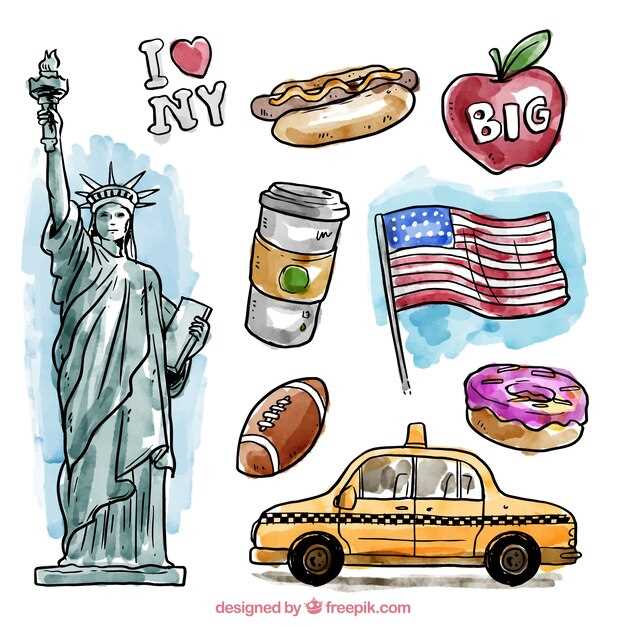
New York State, known for its vibrant culture and bustling metropolis, also operates a diverse system of vehicle registration plates. Each type of license plate serves a specific purpose and reflects various aspects of the state’s identity and governance. Understanding these different license plate types can demystify the often complex vehicle registration process and provide insight into the unique features that distinguish New York from other states.
In New York, license plates are categorized into several types, each designed to meet the needs of different vehicle owners and uses. From standard plates to specialized plates that support charities or commemorate certain events, the options available can seem overwhelming. Standard plates are the most common, while personalized and custom designs allow individuals to express their personality or interests.
This article aims to provide a comprehensive overview of the various license plate types available in New York, highlighting their key characteristics, eligibility requirements, and potential benefits. By gaining a clearer understanding of these classifications, vehicle owners can make informed decisions when registering their vehicles, ensuring compliance with state regulations while also embracing the opportunity for personal expression.
How to Choose the Right License Plate for Your Vehicle

Choosing the right license plate for your vehicle in New York involves several considerations that align with your preferences, vehicle type, and legal requirements. First, you should determine if you prefer a standard or custom license plate.
Standard License Plates are issued by the DMV and come in various designs, including those that promote tourism or raise awareness for causes. Standard plates typically feature a unique combination of letters and numbers assigned by the DMV.
If you opt for a custom license plate, you can express your personality or interests through a personalized message. Custom plates are subject to availability and must adhere to specific guidelines set by the DMV, including character limits and prohibited words or phrases.
Consider your vehicle type as well. Certain vehicles like motorcycles or commercial trucks may have specific plate requirements. Check if there are any special designs that correspond to your vehicle category, enhancing its aesthetic appeal.
Cost is another important factor. Standard plates generally have a lower fee than custom options, which may incur additional charges for personalization. Take into account your budget when making your choice.
Additionally, think about your usage. For example, if you frequently travel outside of New York, consider how your plate choice may impact recognition and compliance in other states. Some designs might be more recognizable than others.
Lastly, stay informed about the renewal process and any potential changes in regulations. License plate fees and designs can be updated, so ensure your choice remains compliant over time. Ultimately, selecting the right license plate requires balancing personal preference with practical considerations and legality.
Comparing Standard and Specialty License Plates in New York

In New York, license plates are categorized into two main types: standard and specialty plates. Understanding the differences between these types is crucial for vehicle owners who wish to customize their registration while adhering to state regulations.
Standard license plates are issued universally to all vehicles registered in New York. These plates feature a uniform design and are easily recognizable. The primary purpose of standard plates is to ensure identification of vehicles on the road. They are available in both passenger and commercial formats, and their design is regulated by the New York Department of Motor Vehicles (DMV). Additionally, standard plates are typically less expensive than specialty plates, making them an economical choice for many drivers.
On the other hand, offer customization options that showcase personal interests, affiliations, or support for specific causes. These plates come in a variety of designs and themes, such as charitable organizations, colleges, or cultural icons. Each specialty plate has its unique fee structure, often involving higher initial costs and sometimes annual renewal fees. Specialty plates allow drivers to express their individuality but require a completed application and may have limited availability based on demand.
Another crucial distinction lies in the customization aspect. While standard plates have a fixed design and alphanumeric configuration, specialty plates can often be personalized with unique letter and number combinations, providing a further level of customization. This flexibility appeals to many vehicle owners seeking to reflect their identity through their license plates.
In terms of regulatory aspects, both types must comply with state guidelines. However, specialty plates may also involve additional considerations, such as ensuring that the design does not infringe on an existing trademark or logo. This oversight helps maintain the integrity of the licensing system and protects both the state and plate owners.
In summary, while standard license plates serve the essential function of vehicle identification in a uniform manner, specialty plates allow for personal expression and support of various causes. When choosing between the two, vehicle owners should weigh the benefits of personalization against the cost and regulations associated with specialty registrations.
Steps to Customize Your Own License Plate in New York
Customizing your own license plate in New York involves a series of straightforward steps. Begin by deciding on the message or combination of letters and numbers you wish to display. The message can be up to eight characters long and can include letters, numbers, and certain symbols, such as an ampersand or a space.
Next, check the New York State Department of Motor Vehicles (DMV) website for the availability of your desired plate configuration. Use their online tool to verify if your chosen combination is currently in use or if it meets state guidelines. This step ensures that you can reserve a unique plate that is not already assigned.
Once you confirm availability, complete the appropriate application form. The applications can be downloaded from the DMV website or filled out directly online depending on your preference. Make sure to provide all required information accurately, as any mistakes can delay the processing of your request.
After filling out the form, submit it along with the required fee. In New York, there is typically a base fee for custom plates, along with an additional charge for certain specialty designs. Payment can usually be made via check, money order, or credit card, depending on how you are submitting the application.
Upon successful submission of your application, wait for confirmation from the DMV. If your application is approved, you will receive your new custom license plate by mail. This process may take several weeks, so be sure to be patient during the wait.
Finally, once you receive your custom plate, attach it to your vehicle according to state regulations. Ensure that it is securely fastened and that all necessary tags and stickers are properly displayed. Your customized license plate is now ready for use!
